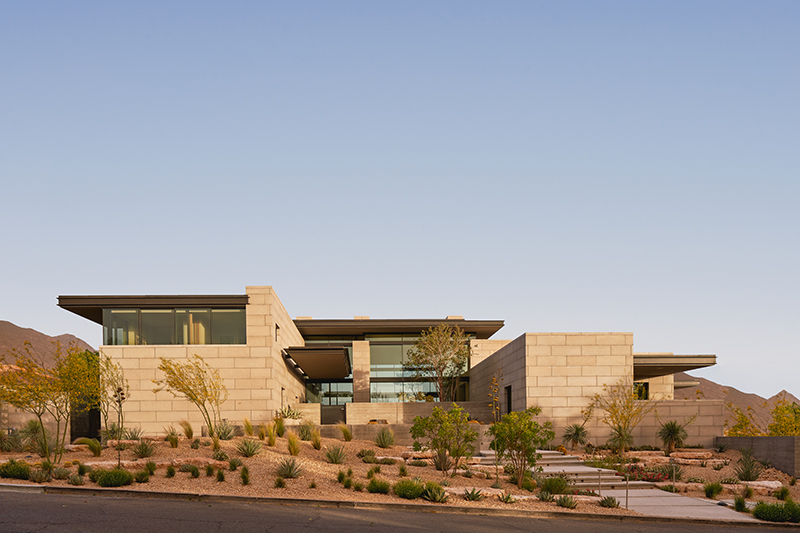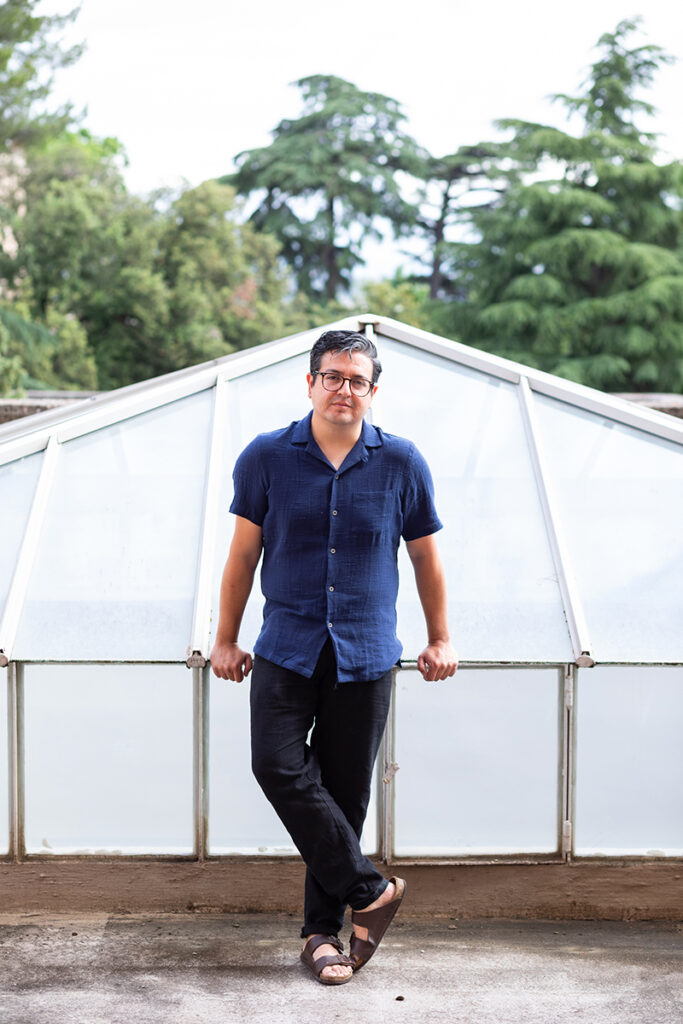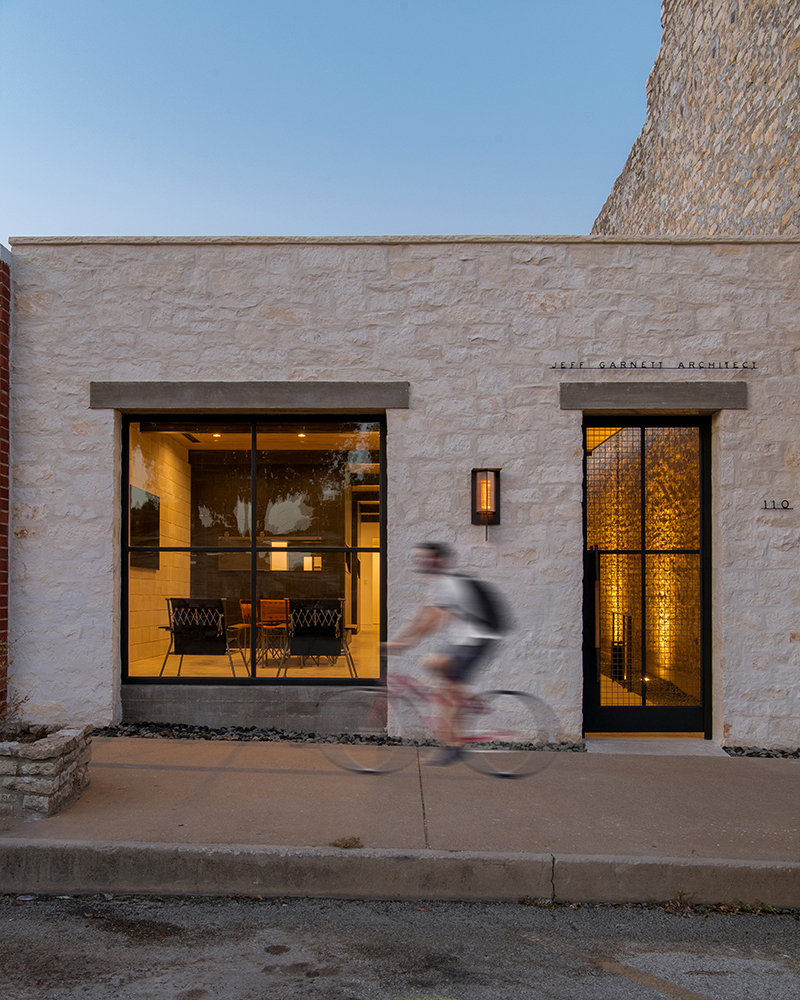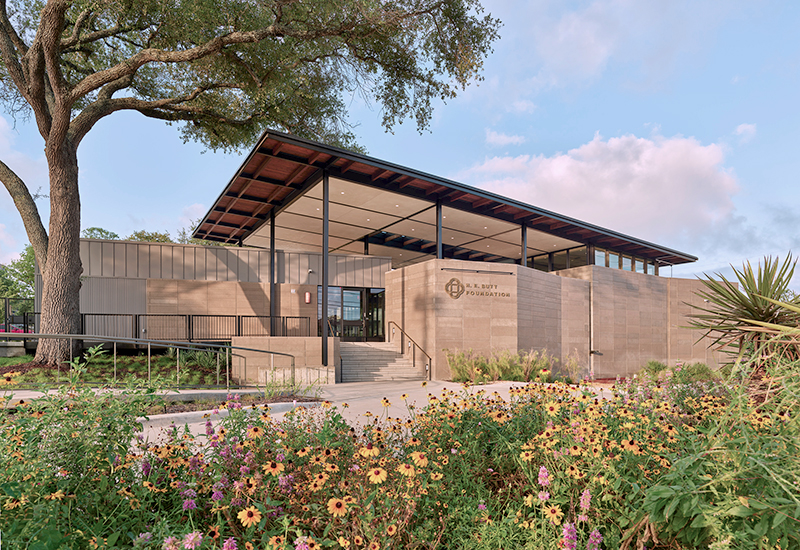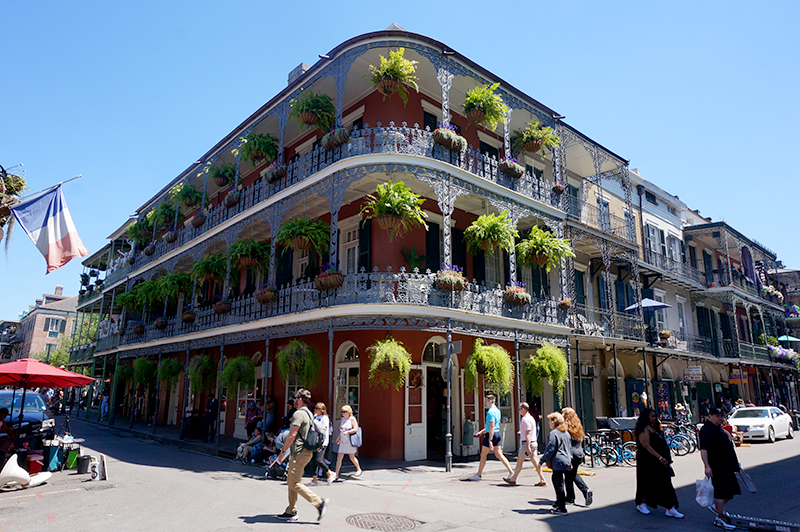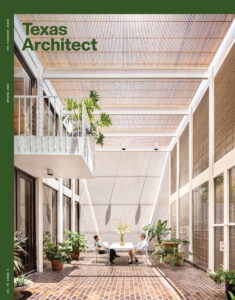
A Tangled Web
In early June, I made my way to Washington, DC, for the AIA Conference on Architecture & Design. Though I’ve had the privilege to travel and work internationally, this was my first trip to our nation’s capital, a journey marked by a deep sense of intellectual and cultural exchange. Not only did Texas architects have a strong presence at the conference—spearheading, in my opinion, some of the most compelling sessions—the city itself was a physical reflection of the cultural milieu that shapes our country.
During my first morning in DC, I spent a few hours visiting some of the city’s relatively recent architectural achievements, “relative” being the key word here. My first stop was at the Vietnam Veterans Memorial, a particularly meaningful project for me, as it was one I had studied in detail when I was first considering a career in architecture. Designed by then-architecture student Maya Lin—the daughter of Chinese immigrants—when she was just 19 years old, the project captures in physical form the deep sense of loss and grief brought about by the Vietnam War.

Deceptively simple, the memorial is composed of two simple granite planes that slice into the earth, creating a “gash” or “wound,” as it has often been described. On their polished surfaces are the names of the more than 58,000 servicemen and women who were killed or missing in action during the Vietnam War. Lin’s minimalist design was met with great controversy in its departure from the traditional figurative forms typical of war memorials, and the public outcry expressed as she defended her design revealed the lack of resolution felt by many Americans following the war.
After brief stops at the Lincoln Memorial Reflecting Pool, the World War II Memorial, and the Washington Monument, my journey culminated at the National Museum of African American History and Culture (NMAAHC), designed by Adjaye Associates, a firm based in Accra, London, and New York and led by Ghanaian-British designer David Adjaye. The NMAAHC operates as a museum, a memorial, and a space for cross-cultural community building, and gives form to “the multitude of untold stories that provide a deeper understanding of our past and current contexts to inform our future,” as described on Adjaye Associates’ website.

While the building employs a classical tripartite form, its capital, or corona, in this case, is inspired by the three-tiered crowns used in Yoruba art from West Africa. And the project’s most notable feature—the ornamental bronze-colored lattice that wraps the entirety of the building— pays homage to the intricate ironwork crafted by enslaved African Americans.
Both the Vietnam Veterans Memorial and the NMAAHC situate our country and its history in a broader geopolitical landscape and in doing so shine a light on aspects of our national identity that are often quite painful. But, more importantly, these works illustrate the value in looking outside of traditional narratives to better understand the truth of who we are.
While Texas Architect typically focuses on work being done within our state, these borders are largely conceptual. In reality, we are all impacted personally and professionally by a dynamic matrix of relationships and cultural influences that permeate these perceived physical boundaries. In this issue, we take a closer look at these influences from both a pragmatic and cultural standpoint, ideally learning a bit more about who we are and what it means to be a Texas architect in the process. Enjoy.

Anastasia Calhoun, Assoc. AIA, NOMA, is the editor of Texas Architect.
Also from this issue

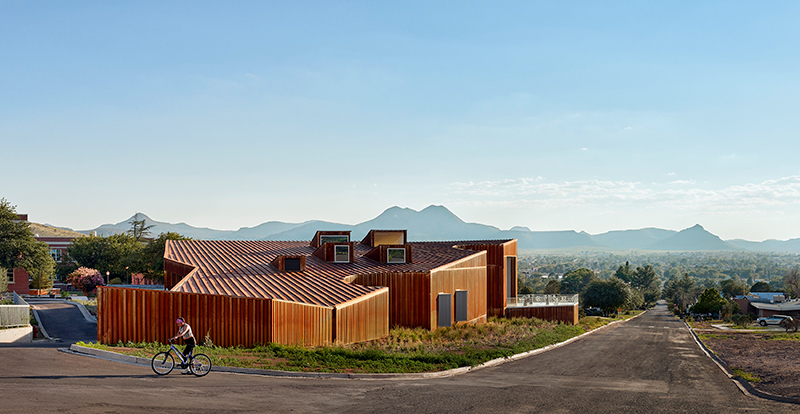
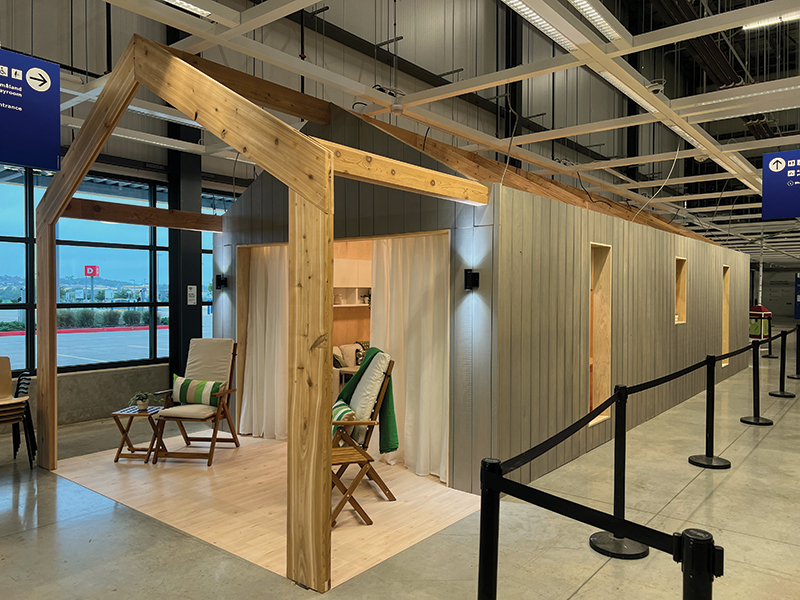

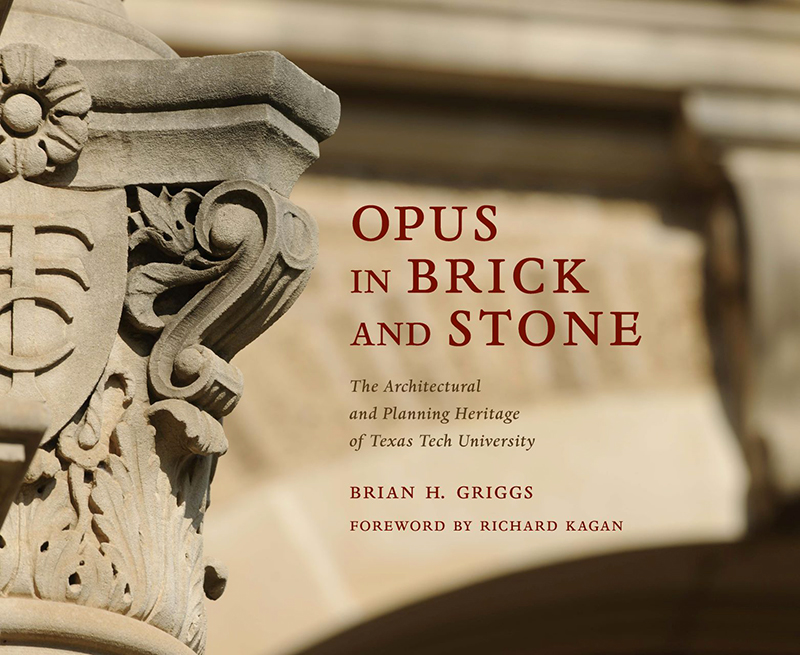
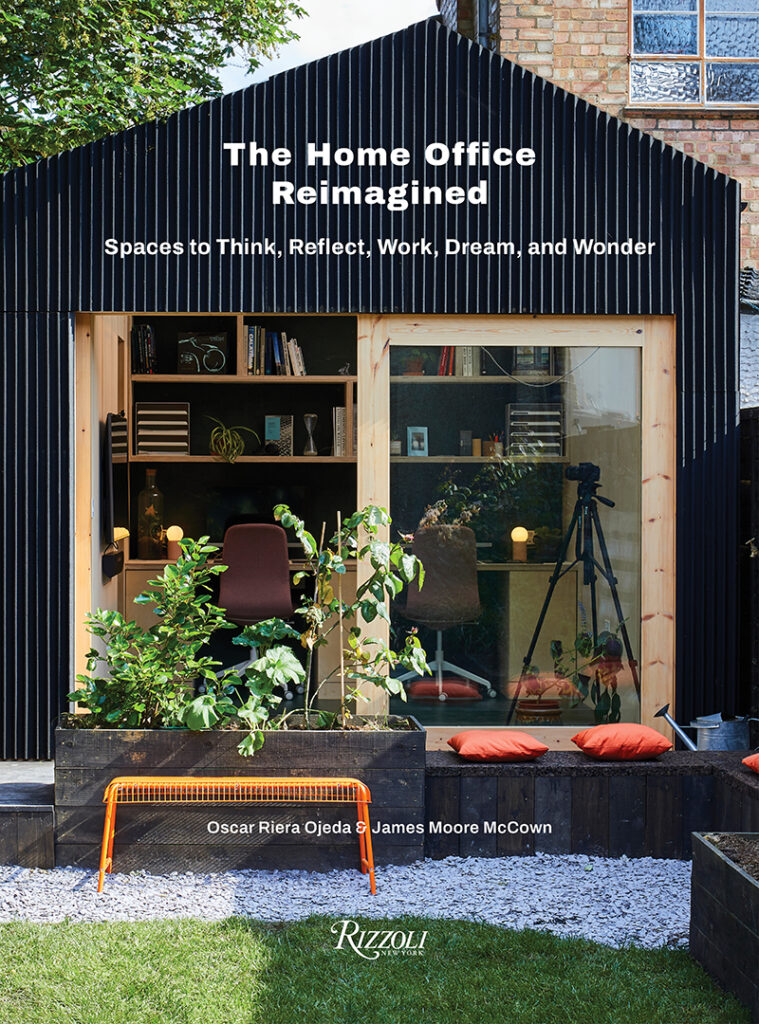
The Home Office Reimagined: Spaces to Think, Reflect, Work, Dream, and Wonder
Oscar Riera Ojeda and James Moore McCown
Rizzoli, 2024


